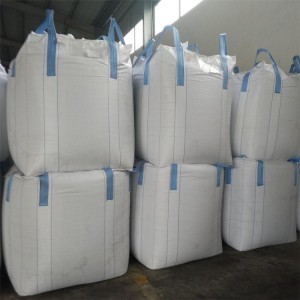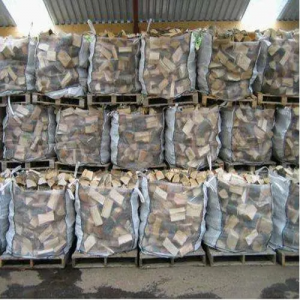When it comes to transporting and storing bulk materials, jumbo bags and FIBC (Flexible Intermediate Bulk Container) bags are two popular choices. These large, flexible containers are designed to handle a wide range of materials, from grains and chemicals to construction materials and waste products. Understanding the main types of jumbo bags and FIBC bags can help businesses and individuals make informed decisions about which type of bag is best suited for their specific needs.
Jumbo bags, also known as bulk bags or big bags, are large, heavy-duty containers made from woven polypropylene fabric. They are designed to hold and transport a variety of materials, including sand, gravel, and other construction aggregates. Jumbo bags come in various sizes and configurations, with options for different lifting and discharge mechanisms to suit specific handling requirements. These bags are commonly used in industries such as agriculture, construction, and manufacturing.
FIBC bags, on the other hand, are a specific type of jumbo bag that meets the requirements of the International Maritime Dangerous Goods (IMDG) Code. These bags are designed to safely transport hazardous materials, such as chemicals and pharmaceuticals, by sea. FIBC bags are constructed with additional safety features, including inner liners and antistatic properties, to ensure the safe handling and transportation of dangerous goods.
There are several main types of jumbo bags and FIBC bags, each designed for specific applications and material handling requirements. The most common types include:
1. Standard Duty Bags: These jumbo bags are designed for general-purpose use and can handle a wide range of non-hazardous materials. They are often used for transporting construction materials, agricultural products, and recyclable materials.
2. Heavy-Duty Bags: These jumbo bags are constructed with thicker, more durable fabric and are designed to handle heavier loads and more abrasive materials. They are commonly used for transporting sand, gravel, and other construction aggregates.
3. Conductive Bags: These FIBC bags are designed with antistatic properties to safely transport materials that are prone to static buildup, such as chemicals and powders. They help prevent the risk of fire or explosion during handling and transportation.
4. Type C Bags: Also known as groundable FIBC bags, these containers are designed to safely transport flammable materials by dissipating static electricity through a grounding mechanism. They are commonly used in industries where flammable materials are handled, such as the chemical and pharmaceutical industries.
5. Type D Bags: These FIBC bags are constructed with static dissipative fabrics to safely transport materials in environments where there is a risk of combustible dust or gas mixtures. They provide protection against incendiary sparks and brush discharges.
Understanding the main types of jumbo bags and FIBC bags is essential for selecting the right container for specific material handling needs. Whether it’s transporting construction materials, hazardous chemicals, or flammable substances, choosing the appropriate type of bag can ensure the safe and efficient handling and transportation of bulk materials. By considering factors such as material properties, handling requirements, and safety regulations, businesses and individuals can make informed decisions about which type of bag is best suited for their specific applications.
Post time: Mar-14-2024



